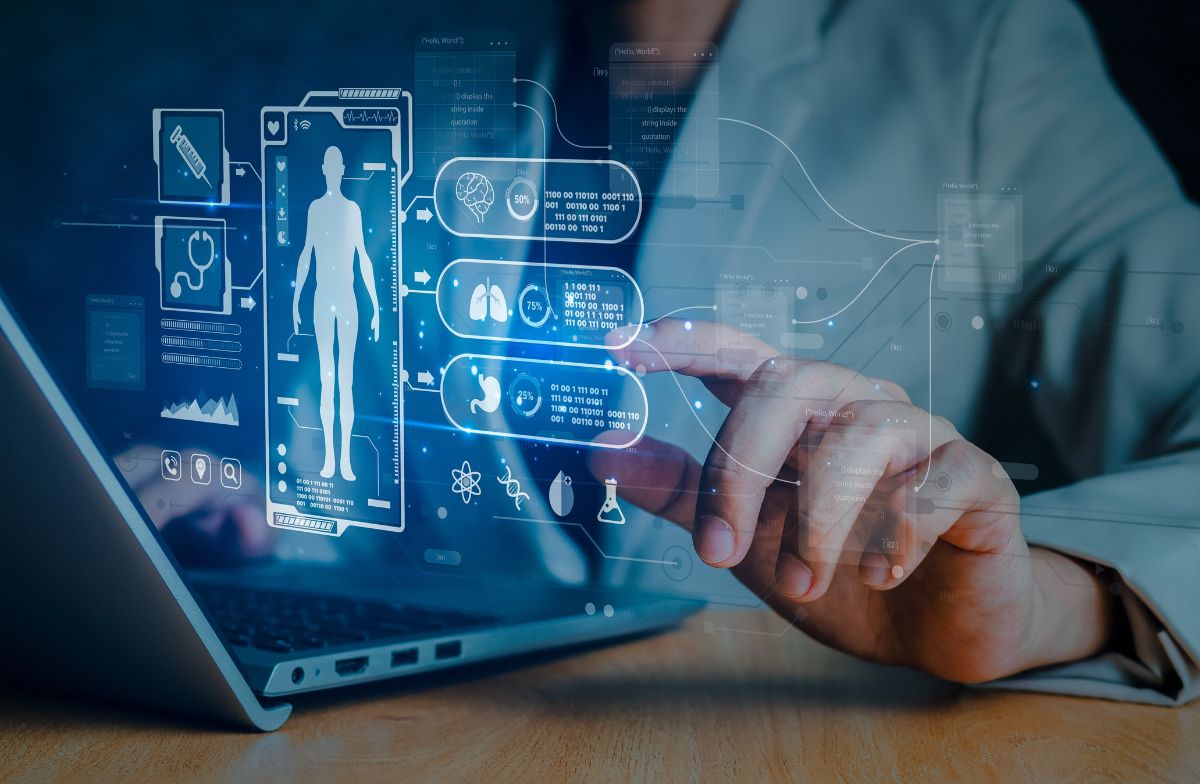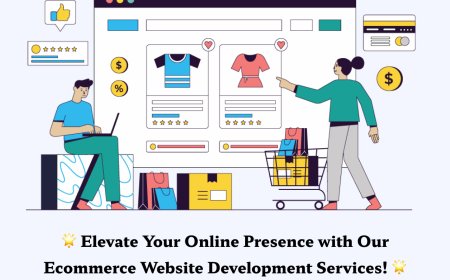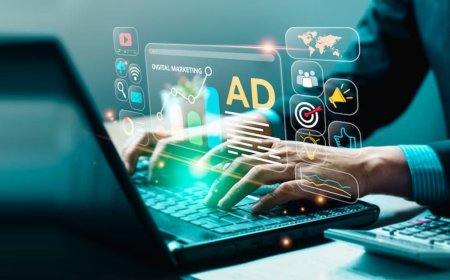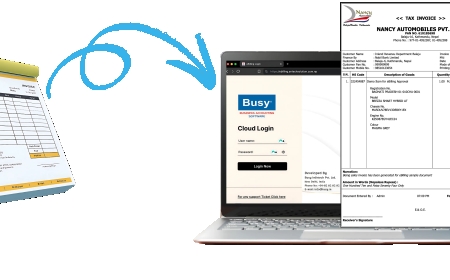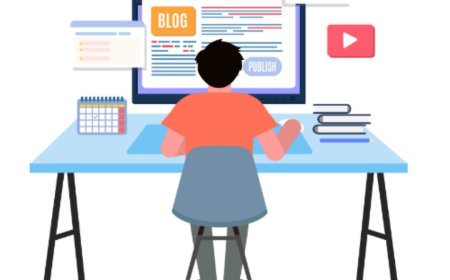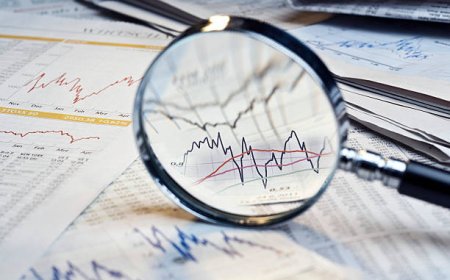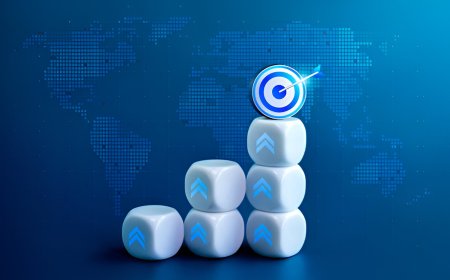How AI Is Reshaping Global Finance Trade: Opportunities and Risks in 2025
Artificial Intelligence (AI) is having a measurable impact on global trade. It is transforming the way businesses manage supply chains, interact with international partners, and approach market strategies. In 2025, AI is no longer an emerging technology; its becoming a standard part of how trade operates.
While AI brings practical tools that improve efficiency and access, it also introduces new risks related to data, regulation, and economic inequality. This blog breaks down the key ways AI is reshaping trade today and what it means for businesses, governments, and workers involved in the global economy.
The Role of AI in Todays Trade System
AI is being used to solve some long-standing problems in global trade. Its main contribution lies in automation, data processing, and real-time decision-making. Here are some areas where AI is currently applied:
-
Supply Chain Management: AI helps companies analyze logistics data, weather patterns, fuel prices, and geopolitical events to choose the best shipping routes and transportation methods. This leads to faster deliveries and lower costs.
-
Customs and Border Control: Some governments use AI to automate customs processes. AI tools can scan documents, identify missing information, and flag suspicious shipments more quickly than human officers.
-
Demand Forecasting: Machine learning models help businesses predict what products will sell and in what quantity, reducing overproduction and stockouts.
-
Pricing and Market Entry: AI systems assist in adjusting product pricing based on local market data and currency shifts. This is especially useful for companies entering new regions with limited experience.
-
Translation and Communication: AI-based language tools are making it easier for small businesses to communicate with international suppliers, customers, and regulators without needing a full translation team.
By taking over routine tasks and offering better insights, AI allows businesses to make informed decisions faster, which can reduce risk and improve trade outcomes.
New Opportunities Created by AI in Trade
AI is not only optimizing existing trade structuresits also creating new possibilities for smaller businesses and emerging economies.
1. Greater Access for Small and Medium Enterprises (SMEs)
AI tools reduce the cost and complexity of international trade. SMEs can now participate in global markets with fewer resources than were previously required.
-
E-commerce Enablement: Small retailers can now sell internationally by using AI-powered platforms that handle everything from language translation to customer service chatbots.
-
Market Analysis: Companies with limited marketing staff can use AI tools to analyze competitors, identify demand patterns, and locate emerging trends.
-
Product Recommendations: AI-driven analytics help businesses understand regional customer preferences and modify product designs or offerings to fit new markets.
This means a local business that once relied solely on foot trafficlike a smoke shop near me or other niche retail storecan now sell to customers across borders with the support of AI-backed platforms.
2. Improved Trade Negotiation and Policy Development
Governments and trade organizations are also leveraging AI to guide policy decisions. AI models can simulate different trade scenarios, such as the impact of tariffs or new trade agreements, helping leaders make more informed choices.
-
Data-Driven Trade Policy: Policymakers use AI to analyze import/export data, determine which sectors are growing, and predict the impact of proposed regulations.
-
Infrastructure Planning: AI helps identify where to invest in roads, ports, and warehouses by forecasting trade flows and potential bottlenecks.
This type of strategic planning can lead to more stable and efficient trade systems, particularly in fast-growing economies.
Challenges and Risks of AI in Trade
Despite the benefits, AI introduces a number of risks that need attention. These are not just technical problemsthey have economic and social implications as well.
1. Data Ownership and Regulation
Trade-related AI tools depend heavily on datashipping records, transaction histories, pricing, and consumer behavior. But there are concerns about:
-
Who owns the data: Businesses often store data in cloud systems controlled by foreign providers. This raises legal and security concerns, especially in cross-border trade.
-
Data localization laws: Some countries require that data related to local consumers or businesses be stored domestically. This can complicate the use of AI tools that rely on centralized data systems.
-
Algorithm transparency: Companies and regulators may not fully understand how AI decisions are made, especially when using third-party tools. This lack of clarity can create issues if a system denies customs clearance or flags a shipment incorrectly.
2. Labor Market Disruptions
AI automation can replace certain roles in trade logistics, warehousing, and document processing.
-
Job displacement: Workers involved in routine taskslike manual inventory tracking or document checksmay see reduced demand for their skills.
-
Training gaps: Theres a growing need for workers who understand how to manage and work with AI tools, but training opportunities arent evenly distributed across countries or regions.
-
Wage pressure: As companies adopt more AI, the balance of labor costs may shift, favoring countries that invest more in digital infrastructure rather than traditional manufacturing strength.
3. Concentration of Power
AI tools are expensive to develop and maintain, which means large tech firms are the primary providers of AI infrastructure. This can create:
-
Market concentration: A few technology companies may dominate how trade data is analyzed and how platforms operate.
-
Dependency risks: Smaller businesses and even national governments may become reliant on AI services they do not control, which can be risky during political or economic disputes.
What to Expect in the Coming Years
Looking ahead, AI will likely become a standard feature of global trade. But several areas need more attention to ensure the benefits are widely shared:
-
International standards for AI in trade: Agreements on data sharing, algorithm fairness, and cross-border AI applications are still under development. Progress in this area will influence how inclusive global trade becomes.
-
Investment in digital infrastructure: Emerging markets will need support to build AI-ready systems. This includes education, broadband access, and cloud computing facilities.
-
Human oversight: Even the most advanced AI systems need monitoring. Human judgment will continue to play a role in resolving disputes, setting policies, and managing exceptions.
Trade stakeholdersfrom port managers to policymakersshould be prepared to engage with AI not just as a tool, but as a part of long-term strategy and governance.
Final Thoughts
AI is not a quick fix or a one-size-fits-all solution. Its real value comes from improving trade processes that are already in place and opening access to new participants. For a small manufacturer, an online service provider, or even those browsing for vape shops near me, the international marketplace is now closer and more reachable than ever before.
But to make global trade more resilient, fair, and efficient, well need thoughtful investment in AI infrastructure, stronger international coordination, and a focus on training people alongside machines. As 2025 unfolds, the relationship between AI and trade will only grow more complexand more essential.










